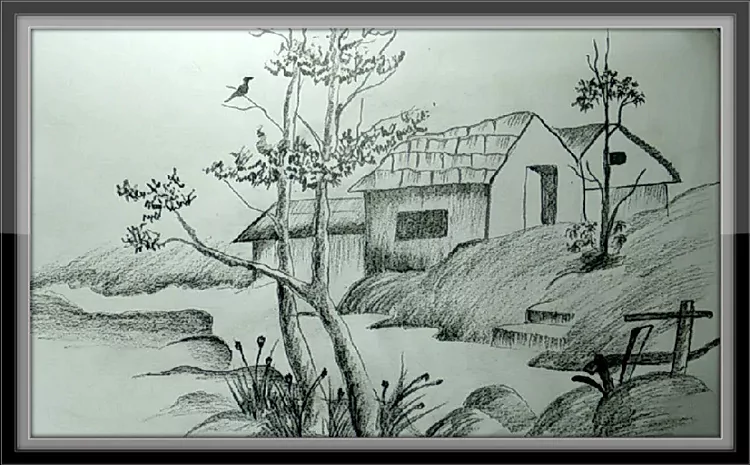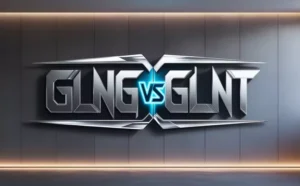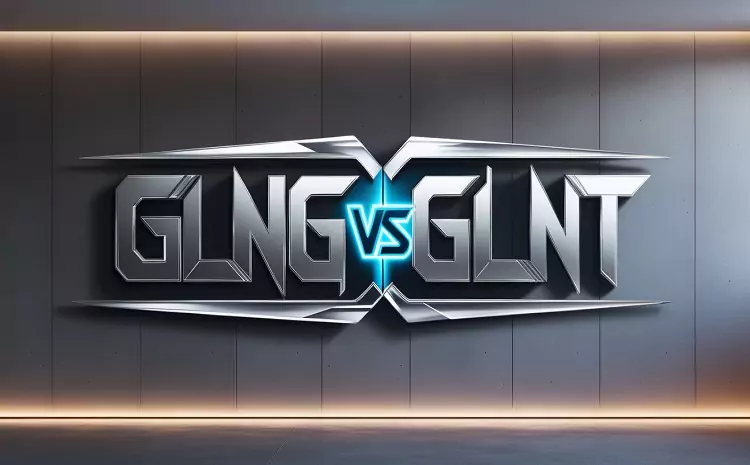Pencil drawings are one of the most versatile forms of art. Whether you’re a beginner or a seasoned artist, the simplicity of a pencil and paper can be transformed into something extraordinary. Despite the rise of digital art, pencil drawings continue to have a strong presence in the world of art. They’re not just about sketching ideas but about mastering techniques that turn basic lines into detailed, lifelike images. Let’s explore why pencil drawings remain timeless and how to perfect your craft.
Why Pencil Drawings Still Matter in a Digital Age
The Timeless Appeal of Traditional Art
Pencil drawings have been around for centuries, and their appeal hasn’t diminished. The tactile sensation of pencil on paper, the control an artist has over every stroke, and the intimate connection between hand and canvas make traditional art forms incredibly rewarding. Even in today’s digital-heavy world, people still appreciate the effort and skill required in pencil drawings.
The Rise of Digital Art and Its Influence
While digital art tools like tablets and software have become mainstream, they haven’t replaced traditional pencil drawings. In fact, many artists combine both methods, starting with pencil sketches before enhancing them digitally. This blend of techniques proves that while technology evolves, the fundamental skills of pencil drawing remain relevant.
Materials You Need for Pencil Drawings
Choosing the Right Pencils for Different Effects
When it comes to pencil drawing, not all pencils are created equal. There are various grades of pencils, from hard (H) to soft (B), and each serves a unique purpose. Hard pencils (like 2H or 4H) are perfect for light, precise lines, while softer pencils (like 2B or 6B) create darker, richer shades. Mastering how to use different pencil grades is essential for adding depth and contrast to your drawings.
The Role of Paper in Pencil Drawings
The type of paper you use can make a big difference in your final piece. Smooth paper is great for detailed work and fine lines, while textured paper can add character and depth to shading. The key is finding the right balance for your style.
Texture and Weight: What to Consider
A paper’s texture (also known as its “tooth”) refers to its surface roughness, which affects how well it holds graphite. The weight, or thickness, of the paper also plays a role, as heavier paper can handle more intense shading and erasing without damage.
Essential Techniques for Beginners
Shading Techniques to Master
Shading is where a pencil drawing really comes to life. You can use techniques like cross-hatching, where you create intersecting lines to build up shadow, or stippling, which uses tiny dots to create gradients. The key is to experiment with these techniques to find what suits your style best.
Blending and Smudging for Realism
Blending is crucial for creating smooth transitions between light and shadow. Many artists use their fingers, blending stumps, or tissues to smudge graphite, creating soft, realistic gradients. Be careful not to overdo it, though—too much smudging can make your drawing look muddy.
The Importance of Light and Shadow
Understanding how light interacts with objects is essential to creating depth in your drawings. Study real-world objects and how they cast shadows. Applying this knowledge will help your pencil drawings appear more realistic and three-dimensional.
Understanding Composition in Pencil Art
How to Create a Balanced Drawing
Composition is the arrangement of elements in your artwork. A well-balanced composition guides the viewer’s eye across the drawing, making it more engaging. Play with placement, shapes, and lines to create a composition that feels right.
The Rule of Thirds in Art Composition
The rule of thirds is a classic guideline used in many art forms. Divide your drawing into a 3×3 grid, and place important elements along the lines or intersections. This technique can help create a sense of balance and harmony in your work.
Common Mistakes in Pencil Drawing and How to Avoid Them
Overworking a Drawing
One of the most common mistakes is overworking a drawing—adding too much detail or shading to the point where the image becomes heavy and loses its charm. Sometimes, less is more.
Ignoring Proportions and Perspectives
Another major mistake is neglecting proportions and perspective. It’s easy to focus on details and forget the bigger picture. Step back from your work periodically to assess proportions, especially when drawing figures or landscapes.
How to Improve Your Pencil Drawing Skills Over Time
Practice Makes Perfect: Daily Drawing Routines
The best way to improve your pencil drawing skills is through consistent practice. Set aside time each day to draw, whether it’s a quick sketch or a more detailed piece. Over time, you’ll notice significant improvements in your technique.
Learning from Critiques and Feedback
Don’t shy away from critiques. Show your work to others—whether it’s friends, family, or fellow artists—and listen to their feedback. It can help you see your work from a new perspective and improve areas you might have overlooked.
How to Transition from Pencil to Digital Art
Blending Traditional and Digital Techniques
Many artists are now combining traditional pencil drawing with digital tools. You can start with a pencil sketch and then scan it into a computer to refine or color it digitally. This allows you to enjoy the best of both worlds.
Tools for Digital Drawing Beginners
If you’re new to digital art, tools like a graphics tablet and software like Adobe Photoshop or Procreate can help you get started. These tools mimic the feel of pencil drawing while offering the flexibility of digital enhancements.
Conclusion
Pencil drawings may be one of the simplest forms of art, but they hold incredible potential. From mastering shading and composition to blending traditional and digital techniques, the world of pencil art is vast and full of opportunities for growth. Whether you’re just starting or are a seasoned artist, there’s always something new to learn in this timeless art form.









